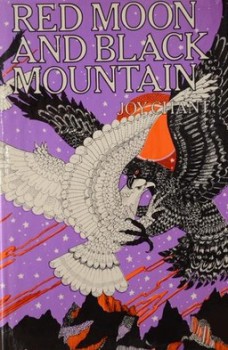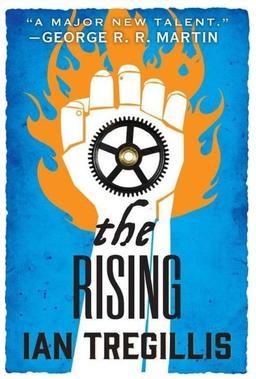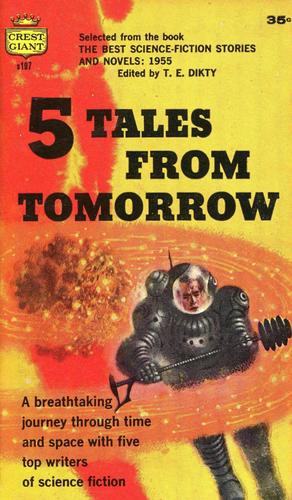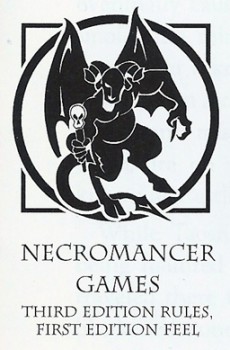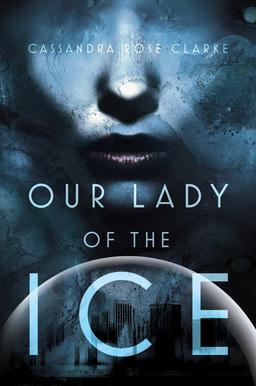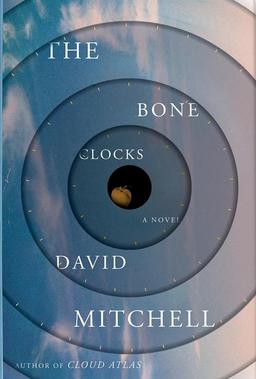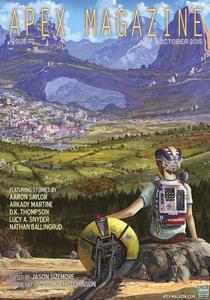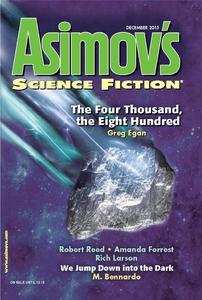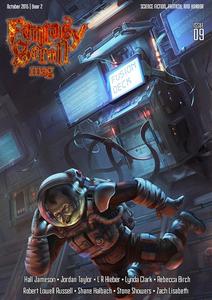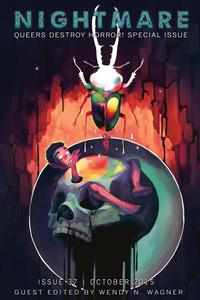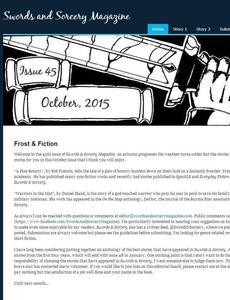Vintage Treasures: A Lower Deep by Tom Piccirilli
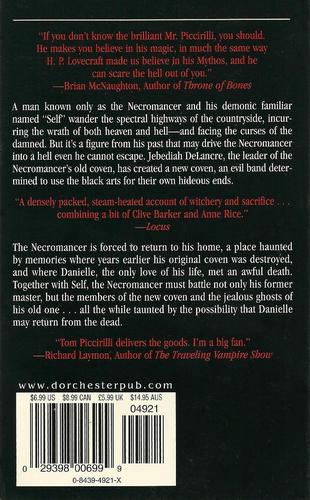 |
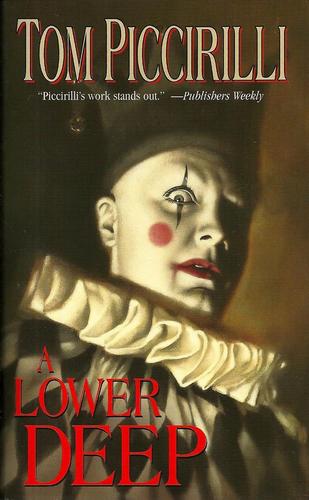 |
I read Tom Piccirilli’s A Choir of Ill Children in 2004, and it sent me scrambling to find his other novels. The first I came across was his 2001 novel A Lower Deep, the tale of the Necromancer and his demonic companion Self, who wander the spectral highways as the Necromancer attempts to prevent Armageddon.
The Publishers Weekly review offered a nice summary, but also warned about the novel’s graphic content:
The Necromancer must battle the leader of his old coven, Jebediah DeLancre, who has created a new band of witches intent on forcing Christ to return to Earth prematurely. When Jebediah offers to raise Danielle, the Necromancer’s only love, from the dead in exchange for his cooperation, he finds himself torn between good and evil… a stream of characters, spirits and demons wander in and out of this disturbing tale, including Michael the Archangel, who is wrested from the stomach of the Necromancer’s father. Piccirilli (The Night Class) attempts to lighten the story up with Self’s flippant one-liners, but a glut of gory details will keep readers squirming. This tale is not for the fainthearted…
Piccirilli was also the author of Deep into the Darkness Peering (1999), November Mourns (2005), Headstone City (2006), and The Midnight Road (2007), among others. He died earlier this year.
A Lower Deep was published by Leisure Books in October 2001. It is 363 pages, priced at $5.99 in paperback. A digital edition was released in 2011 by Crossroad Press & Macabre Ink. The cover is uncredited.
